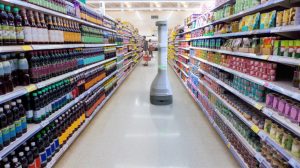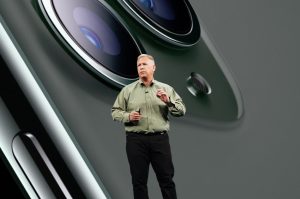Starliner didn’t dock with the International Space Station as planned, but it still collected ample amounts of data across the flight, including Rosie’s insights as to how humans would fare during a trip. The team likely collected about 85 to 90 percent of what they were looking for, Boeing’s Jim Chilton said during a post-touchdown briefing. The mission team previously said it was confident it could fix the mistake that prevented the docking.
Just what happens next is uncertain. Boeing and NASA said during the briefing that they still expected a crewed flight in 2020, but that they wanted to review data before deciding the next course of action. There are still more dry runs to go, including an in-flight abort test to complement the launch abort test from November. While NASA is eager to reduce its dependence on Russian spacecraft to transport astronauts, it also wants to ensure that vehicles like Starliner and SpaceX’s Crew Dragon are trustworthy before there are people aboard.



